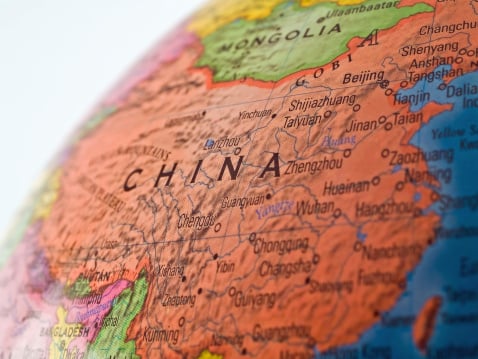China GDP Stimulus and World Economic Recovery
July 17, 2013 by Douglas A. McIntyre
Economics 101 says that stimulus will not help Chinese exports. The balance of the world must post an economic recovery for demand for factory goods in China to pick up. And manufacturing remains at the heart of China’s growth and its ability to create a middle class. That middle class is essential if the People’s Republic wants its economy to morph closer to the one in the United States, where consumer activity represents two-thirds or better of GDP. Internal consumers need to begin to match demand for goods and services outside China’s borders.
The last major stimulus program set by the central government put $585 billion into its economy beginning in late 2008, just ahead the time a similar plan of $787 billion was adopted in the United States. Based on the relative size of the nations as measured by GDP, China’s stimulus was “bigger.” Of course, the U.S. government was not in a good position to increase the size of its stimulus effort, at least not if it was to avoid a ballooning deficit.
Like most major stimulus plans, China’s was meant to drive the economy from the inside out. Taxes were cut, businesses received incentives to expand and the People’s Republic created huge infrastructure projects that gave work to tens of thousands of businesses and hundreds of thousand of workers. These projects were criticized in some quarters, because much of what was being built had little future use. In the long run, perhaps that did not matter. A job is a job.
For the rest of the world, a job created in China is penny, a nickel or a dollar of opportunity for the consumers and enterprises in the People’s Republic to need imports from other countries. China’s middle class has been estimated at 250 million people, nearly the size of the entire population of the United States. And its industrial and technology businesses are large importers as well — so long as they have the demand, even if it is fake, to expand their businesses.
China, perhaps the world’s greatest exporter, needs to become its greatest importer as well. Although that might not happen entirely, if demand in China shifts sharply higher, the world’s economy will have one more engine to pull it out of GDP expansion doldrums.
Essential Tips for Investing: Sponsored
A financial advisor can help you understand the advantages and disadvantages of investment properties. Finding a qualified financial advisor doesn’t have to be hard. SmartAsset’s free tool matches you with up to three financial advisors who serve your area, and you can interview your advisor matches at no cost to decide which one is right for you. If you’re ready to find an advisor who can help you achieve your financial goals, get started now.
Investing in real estate can diversify your portfolio. But expanding your horizons may add additional costs. If you’re an investor looking to minimize expenses, consider checking out online brokerages. They often offer low investment fees, helping you maximize your profit.